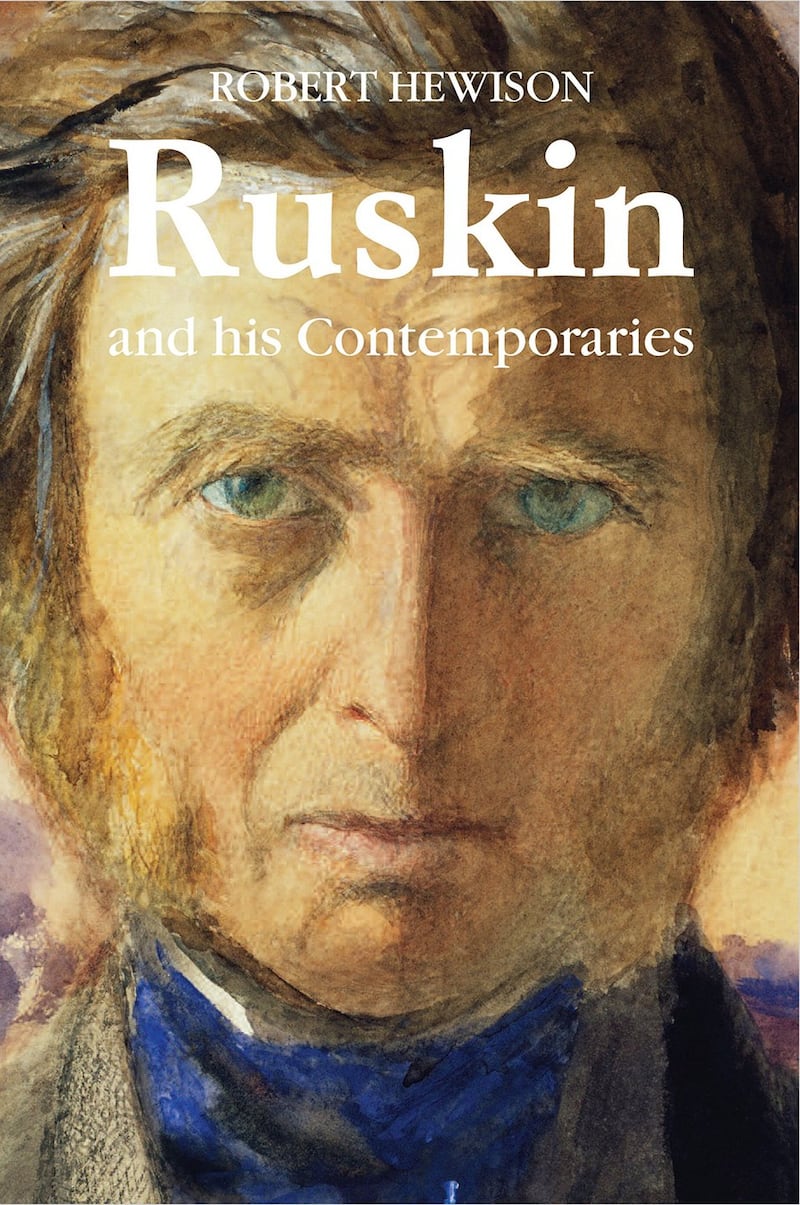In the 200 years since his birth on February 8th, 1819, the reputation of John Ruskin, whose art criticism developed into a radical attack on the economic amorality of Victorian society, has waxed and waned – and waxed again. In 2019, his writings – and more importantly, his ideas – are being rediscovered and re-evaluated in a way that makes him more than just another respected literary figure.
Not long after his centenary in 1919, Ruskin’s reputation went into a steep decline. The 1914-18 war had created a no-man’s-land between the apparent certainties of the Victorian era and the pessimistic modernism that emerged from that appalling conflict. People wanted a new start, and the factors that had bolstered what was remembered as Victorian complacency – imperial power, industrial strength, religious conformity, social deference, patriarchy – were being questioned, and in any case were visibly in decline. Besides, there was a natural tendency for a new generation to want to challenge, evade or simply forget the ideas and values that had shaped the beliefs of their forebears.

Despite the fact that he had spent most of his life disputing the ruling ideas of his society – its utilitarianism, its philistinism, its materialism and its abuse of the natural world – Ruskin became just one more eminent Victorian to be consigned to the attic. His art collection was dispersed, his manuscripts scattered, his Lake District house sold, his exquisite drawings could be had for almost nothing, and second-hand book dealers begged people to take away the bulky volumes of the Library Edition of his Collected Works – all 39 of them. There were a few fans, a few collectors. The utopian society he had founded, the Guild of St George, hung on as an eccentric relic, although when it came to designing a new social order after yet another world war, some of Ruskin’s ideas had percolated into the minds of the designers of the welfare state.
It was not until the 1960s that Ruskin began to be taken seriously again. The postwar generation was free of the Oedipal instincts of their fathers, and viewed the Victorians as unthreatening grandparents. Part of this revival of interest was biographical. Ruskin had led an extraordinary life, and the mystery and scandal of his marriage could now be explored with relish. Myths to explain why he had failed to consummate his marriage were invented, and it is still sadly the case that in the popular imagination, Ruskin remains more than a little strange.
But as the whole of the Victorian world came into perspective, Ruskin’s ideas began to be released from their mouldy bindings. His output, like his language, was daunting, but here was someone who drew as superbly as he wrote, who was as passionate about economics as he was about art, who had changed people’s taste in architecture and design, and who took science as seriously as he did painting and sculpture. The 1960s were interested in breaking down the hierarchies and barriers between disciplines: here was an inter-disciplinarian before the term even existed. Ruskin became contemporary.
It was not long before Ruskin’s writings became of more than academic interest. It turned out that this prophet and preacher still had something to say. Though cast in an increasingly unfamiliar Biblical form of speech, Ruskin’s insistence on the value of art, that the social health of a society depended on the vitality of its culture, and that co-operation was better than competition, struck a chord that resonated beyond the conservative context in which his ideas had been formed. Although himself, in his own words, “a violent Tory”, his attack on Victorian capitalism gave a language to the burgeoning socialist movement and was adopted by the early Labour Party.
Somehow, Ruskin managed to be a reactionary and a revolutionary at the same time. He wanted to conserve the environment, but knew that it would take a revolution in economics to achieve. He saw that there was more than aesthetic pleasure to be had in the natural world, and prophetically warned against the pollution that was the byproduct of capitalist greed. Ruskin’s environmentalism, and his criticism of neoliberal economic theory, are as valid now as when he first brought them together in that simple idea: “There is no wealth but life.”
This helps to explain why this year’s celebrations of Ruskin’s bicentenary are much more than a pious acknowledgment of the birth of a remote figure. What distinguishes the exhibitions, conferences, lectures and publications taking place in Britain, North America, France, Italy and Japan is the effort to rediscover the radicalism that lies beneath the carapace of Victorian sage that has encased his ideas.
The once moribund Guild of St George is now actively putting Ruskin's social, educational and environmental principles into practice. Ruskin's Lake District home, Brantwood, has been brought back to life by the reassembly of its contents, and has become a centre for an active engagement with Ruskin's values. At Lancaster University, the Ruskin Library gives unprecedented access to his drawings and manuscripts, and has made those once neglected volumes of his writings available online. After 2019, it is unlikely that Ruskin's reputation will be allowed to wane again.
Robert Hewison's new book, Ruskin and his Contemporaries, is published by Palas Athene. Details of the international celebrations of Ruskin's bicentenary can be found at: ruskinto-day.org and ruskin200.com












